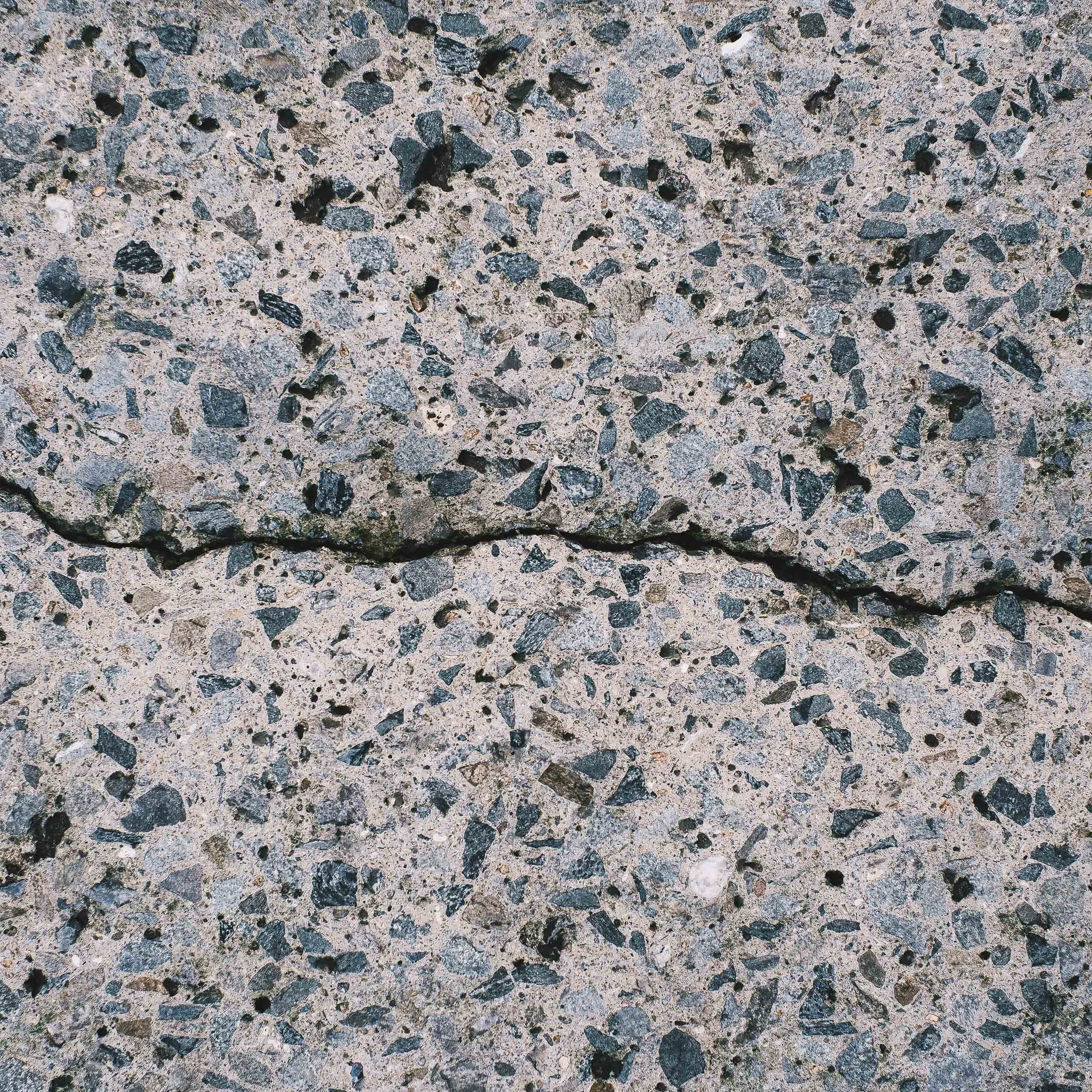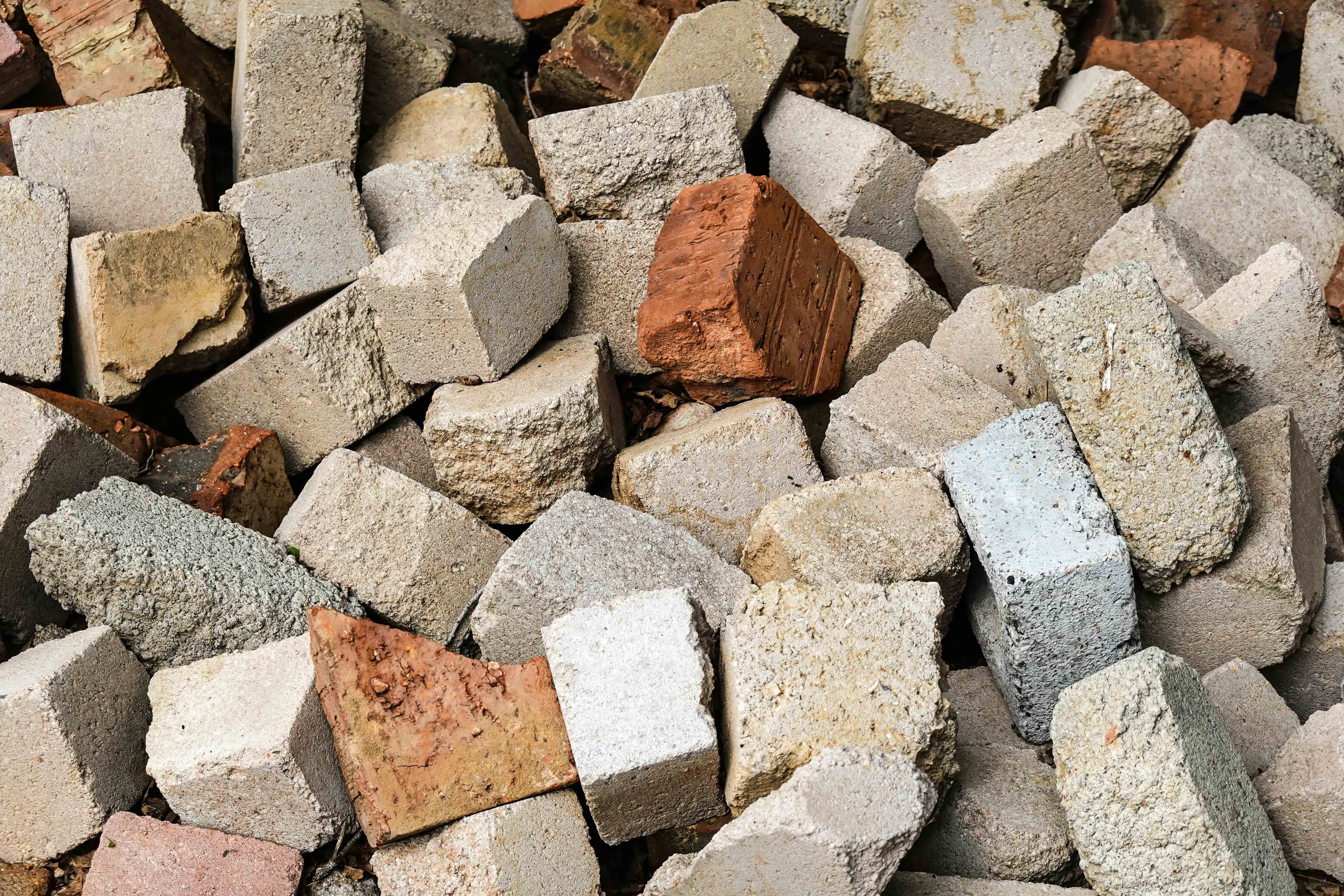Renewable Materials
Wood
Wood is one of the oldest building materials used by man. There are various reasons why using wood as a building material would be beneficial for not only construction, but for the planet. Wood is a renewable resource, and this is amplified when it is sourced from ethically maintained forests. Wood stores carbon and using it in large structures like wind turbines can help lock away CO2. Wood is strong but it’s lighter than steel which helps reduce transportation and construction costs. Producing wood part parts typically uses less energy than producing steel or fiberglass.
There is a new movement of building wind turbines out of wood. A Swedish company called Modvion has been building some of the tallest wind turbines out of laminated wood. Their wooden towers are strong, scalable, and significantly reduce carbon emissions compared to steel towers. Historically, early wind turbines used wooden blades. Modern turbines mostly use carbon fiber or fiberglass, but there is a growing renewed interest in using wood composites or laminated wood for blades.
“The Future.” Modvion - We Build Wind Turbine Towers. In Wood, modvion.com/the-future-of-wind-power.


Wood
Recycled Concrete Aggregate
Recycled Aluminum
Thermoplastic Resin

Recycled Concrete Aggregate
Recycled aggregates are reprocessed to create a new form of aggregate. Material taken from previous construction or demolition sites create recycled concrete aggregate. This primarily consists of crushed concrete, but it also includes aggregate materials such as sand, gravel, slag, and crushed stones. Using recycled aggregated from constructions and demolition waste can conserve natural aggregate sources, create a sustainably built environment, and reduce the demand for landfills.
Using recycled concrete aggregate is a great material to use for renewable energy sources like Hydropower. Since hydropower plants are some of the most massive of all power plants, for example Hoover Dam, they require massive amounts of concrete to be built. Concrete causes up to 8% of global CO2 emissions. However, there aren’t many materials that have the strength of concrete to hold up to 9 trillion gallons of water like in Hoover Dam. The more environmentally friendly forms of concrete are still new and currently are undergoing many tests and require constant inspections. Recycling old concrete from previous builds is the most realistic environmentally friendly building material.
Watts, Jonathan. “Concrete: The Most Destructive Material on Earth.” The Guardian, 25 Feb. 2019, www.theguardian.com/cities/2019/feb/25/concrete-the-most-destructive-material-on-earth.
Wang, Bo, et al. "A Comprehensive Review on Recycled Aggregate and Recycled Aggregate Concrete.” Resources, Conservation and Recycling, vol. 171, Aug. 2021, p. 105565, https://doi.org/10.1016/j.resconrec.2021.105565.
Aluminum/Recycled Aluminum
Aluminum is lightweight, strong, durable, and corrosion resistant. This material is widely used to build renewable energy sources such as solar panels and wind turbines. Aluminum is the single most widely used material in solar photovoltaic applications. Aluminum metal can improve solar cells and increase their efficiency. However, roughly 90% of solar panels in the U.S. today have lost efficiency due to their age. This leads to them being put in landfills since that is the cheaper option compared to recycling.
Recycling advocated in the U.S. believe that increased use of valuable materials, like aluminum, help boost the circular economy. Constantly reusing aluminum will help reduce waste and pollution. Recycling aluminum drastically decreased the amount of energy used to create virgin aluminum by 95%. As more and more solar panels are required to be retired, an increase in demand for the materials will rise. Currently recycling the aluminum panels is not the cheapest method, but as more solar panel go out the larger the business opportunities rise.
“Aluminum Is a Key Material for Renewable Energy | the Aluminum Association.” Www.aluminum.org, www.aluminum.org/aluminum-key-material-renewable-energy.
Hurdle, Jon. “As Millions of Solar Panels Age Out, Recyclers Hope to Cash In.” Yale E360, 28 Feb. 2023, e360.yale.edu/features/solar-energy-panels-recycling.


Thermoplastic Resin
Regular resins are like glue. Resin is capable of binding together fragments of other materials. Resin creates a tough composite that is one and done, once it’s heated to form a solid, they cannot easily be recycled. However, a new resin created by a research engineer, Robynne Murray, at the National Renewable Energy Laboratory (NREL) created a new material. This material is called Thermoplastic Resin. It is not only easier to recycle but it can also withstand corrosive salt water for a longer period of time. This new resin is perfect for renewable energy sources that are in the water for a prolonged period of time or permanently like tidal energy.
This new material was tested for six months in the East River in 2021. This resin held three turbines together during this period. This groundbreaking thermoplastic composite blades not only survived the period of being underwater, but they exceeded the expectations. These blades had no structural damage and had the same strength they had when they first went underwater. The NREL team is currently running tests on other renewable resources like wind turbines using Thermoplastic Resin and are hopeful for its use in the future.
“Decarbonizing the Decarbonizing: Tidal and Wind Turbines Get Even More Sustainable.” Www.nrel.gov, www.nrel.gov/news/program/2023/decarbonizing-the-decarbonizing.html.
